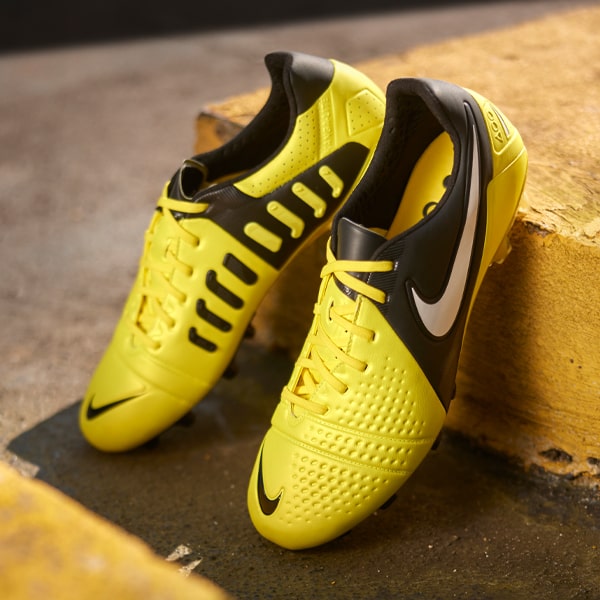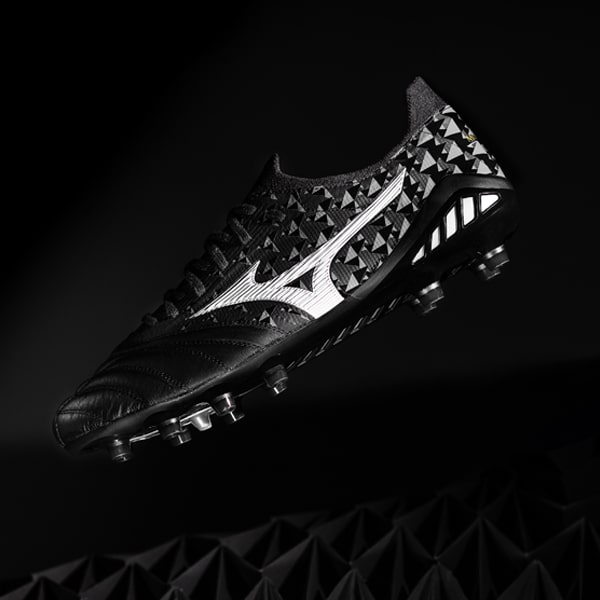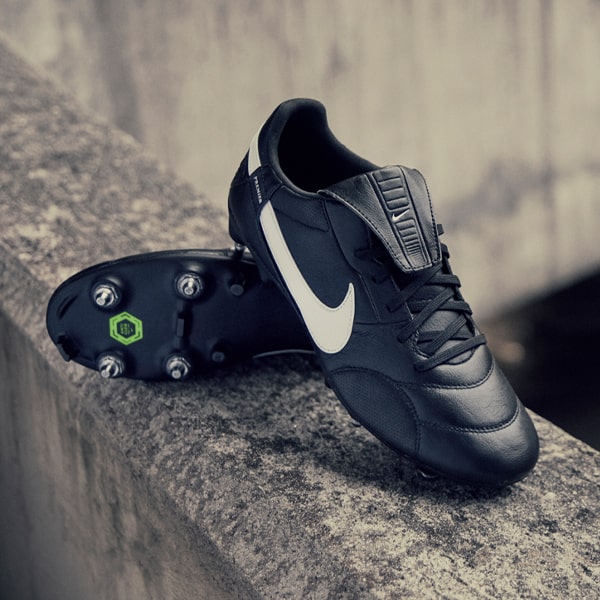Third Generation Control: How The CTR360 Maestri III Compares

Just three generations in, few other boots have reached the same heights as the Nike CTR360 in such a short space of time. Introduced in 2009, Nike's fourth silo was immediately adopted by some of the best midfield players in the world from Cesc Fabregas to Andres Iniesta. Will the Maestri III continue its success?
As the Nike prepare to send the CTR360 into its fourth European season, we can take a closer look at how the brand have significantly re-dressed the Maestri. How have Nike made such dramatic changes to one of their most successful football boots?
 |
 |

Billed as the perfect boot for the midfield pass-master, the original CTR360 created its own niche amongst the flashy Mercurial, classic Tiempo and power-driven T90. The boot spoke to players who were after the new-age boot tech without wanting to follow the Cristiano Ronaldo trend. After all, who wouldn't want to emulate Fabregas, Iniesta and co?
The CTR360 has been successful for a number of reasons: comfort, touch, durability and versatility. With the Maestri II, Nike brought enhancements to the boots key technologies. The front dampening pods were re-shaped while the pass-pad underwent a make-over. 

Whereas Nike's first step to evolve the CTR was a minor one, the Maestri III makes a huge leap into new territory and with high expectations. One of the boots key features - Kanga-Lite - remains, but in a revolutionary step Nike have introduced their newly created ACC (All Conditions Control) coating to the upper - a technology they want to shout about.

ACC is an upper material surface texture that provides the same level of control in dry or wet conditions. It represents a huge step forward in upper development and one that backs the argument for synthetic over natural materials. With the boot in hand, the textured difference is instantly noticeable.


The ACC coating combined with Nike's improved Kanga-Lite 2.0 gives the boot a softer, more padded feel. With the ball at your feet, the ACC gives an enhanced grip feel on the ball that remains the same in wet conditions. The Maestri III brings the Nike's synthetic material closer to k-leather than ever before while being lighter and more advanced.


Since day one, the CTR has been famous for its pass and receive pads on the instep. Revamped for 2012, the Maestri III features an unrecognisable and more abrasive 3D control zone with separate strips. Each strip hugs the arch and maximises ball contact with further grip, increasing the feel for the ball you have when passing and receiving.

Nike have worked closely with athletes for the CTR360 Maestri III, including Andres Iniesta. One common piece of feedback centred around professionals not favouring the separately raised surface of the dampening pods. As a result, Nike have introduced a dimpled cushioning area to aid ball touch but with less bulk and a more refined look. 

Nike have worked closely with athletes for the CTR360 Maestri III, including Andres Iniesta. One common piece of feedback centred around professionals not favouring the separately raised surface of the dampening pods. As a result, Nike have introduced a dimpled cushioning area to aid ball touch but with less bulk and a more refined look. 
Chances are, if you are a fan of the CTR360 Maestri II then you'll get on well with the updated Maestri III. With all of the changes and new additions, the boot is perfectly equipped for the midfield role. Better than the Maestri II? That's for you to decide. But with features such as ACC, it's certainly a stand-alone boot that will be a big hit.
Let us know what you think of Nike's new addition to the CTR360 range. Join the conversation online, on Twitter and on Facebook.







